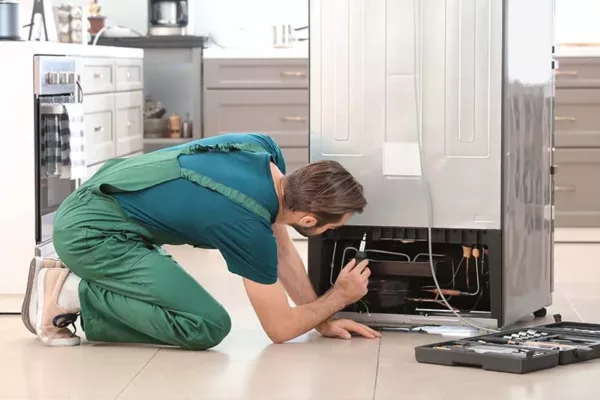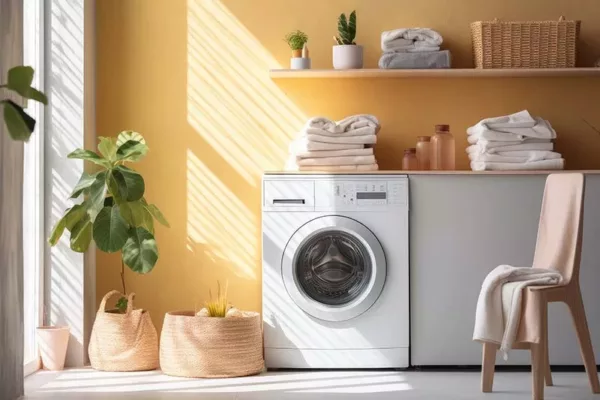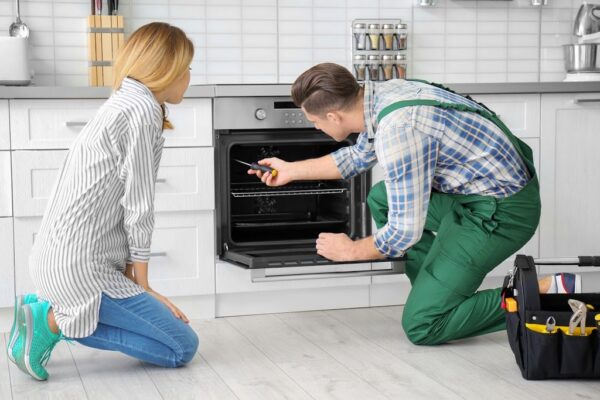Appliance repair questions along with their answers:
- Safety precautions that should be taken when repairing appliances?
When repairing appliances, make safety your priority.
Disconnect the appliance from power before attempting any repairs.
Use insulated tools when working on electrical components.
Wear appropriate protective gear, such as gloves, masks and safety goggles.
- My dishwasher isn’t draining properly. What could be the issue?
blockages in the drain hose,
filter, or air gap.
Make sure the garbage disposal is clear.
the drain pump is bad
solenoid valve could be faulty.
- My washing machine is leaking water.
Check the hoses for cracks or loose connections.
Inspect the door seal for tears or damage.
The water inlet valve or the pump could also be leaking.
machine needs to be properly leveled to prevent leaks.
- The oven temperature seems off.
If your oven’s temperature is inaccurate,
calibrate it if it has a calibration feature in the settings.
replace the temperature sensor or thermostat.
check the heating elements for any signs of damage
My refrigerator is making strange noises.
Check if the noise is coming from the compressor,
evaporator fan, or
condenser fan.
Loose or worn-out components may need tightening.
The ice maker in my freezer isn’t working.
Start by checking the water supply line to ensure it’s not blocked or frozen.
Inspect the water inlet valve for any clogs or malfunctions.
Test the ice maker’s motor and switches for continuity using a multimeter.
My gas stove burners won’t ignite. If your gas stove burners won’t ignite,
check if the burner ports are clogged with debris.
Ensure the burner caps and bases are properly aligned.
If using an electronic ignition system, check the spark module and electrode for any faults.
For pilot light ignition systems, make sure the pilot flame is lit and adjusted correctly.
The microwave is not heating food. What could be the problem? If your microwave is running but not heating food, the magnetron, which generates microwave radiation, may be faulty and need replacement. Other potential causes include a defective high-voltage capacitor or diode. Always exercise caution when working with microwave components due to the high voltage they carry.
How often should I clean the lint trap in my dryer?
It’s recommended to clean the lint trap in your dryer after every use to prevent lint buildup,
reduce the risk of fire and maintain optimal airflow.
check and clean the dryer vent duct to ensure efficient operation and safety.
My garbage disposal is jammed.
switch off and disconnect from power first.
Use a flashlight to look for any foreign objects causing the jam, such as utensils or large food particles. Using an Allen wrench, you can manually rotate the disposal’s flywheel to dislodge the obstruction. Once cleared, reset the disposal and test it.















